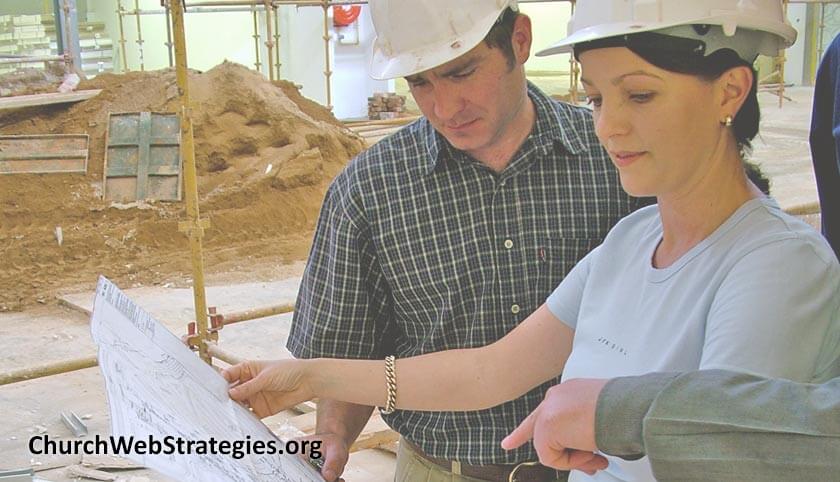When creating a call to action, the order you present your content matters a great deal. If you get your customer emotionally invested with the task they are completing, they are far more likely to complete it. By saving mundane tasks to the end of the process you greatly increase the chance that the submit button will be clicked.
The Process
Many eCommerce sites structure their shopping and checkout experience with this idea in mind. Consider the steps most online florists use.
- Select the nature of the event or occasion
- Decide on a price range
- Pick the flowers and/or colors
- Settle on an arrangement
- Craft a personal message
The Customer is Invested
This last step is a very intimate level of emotional investment, especially if you are not very good with words. People often spend a lot of time crafting the perfect message. After this step, you are quite ready to pay for “your” flowers. Yes even though you have not yet submitted any personal or financial information, you consider them yours. Much like after spending a lot of time selecting best looking apple at your grocery store. If someone were to take it out of your cart; you would be quite upset. So by this point, customers are practically begging for the florist to take their money and ship them the flowers they so lovingly selected.
Well that is a great example for buying flowers. What about my church website? Very early on I told you that you are indeed selling a product to your congregation. The church provides the service of a life in community with other Christians. When you “sell” those products, put the intimate and emotional parts first, and the mundane stuff later. For example, you might offer a form on your website soliciting prayer requests.
Example


Explanation
Above are two examples of how that form can be structured. Note the difference in which the order information is requested. The most personal and intimate part, the actual prayer request, should be first. This gets them emotionally invested in the form.
Remember, this is just one example of how to structure an action on your church website. There are plenty other examples that I am sure you can find or create. But how ethical is it? We as Christians should not trick our website users. This is by no means trickery. The same information is presented; we are simply changing the order. This is similar to taking an offering after a sermon is preached. You probably hope the Holy Spirit inspires some extra generous giving! So no, I do not consider this to be an underhanded practice.
Action Item
Get users engaged and invested in all of the process on your site. Any time you are asking for a commitment, whether it is personal information, money, or volunteering; see how you can get the person emotionally involved first. Then sit back and watch as your conversions rates start to climb!
Photo courtesy of Lotus Head

